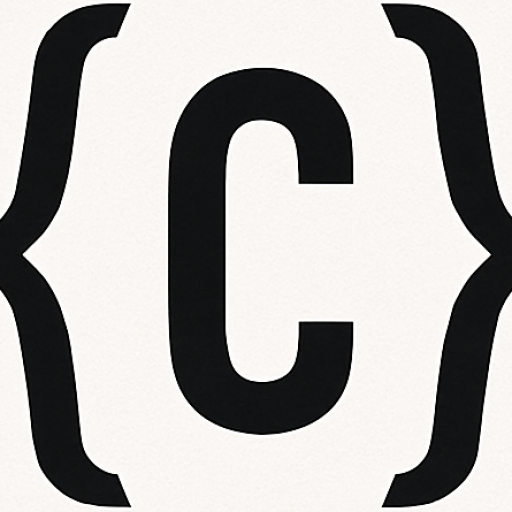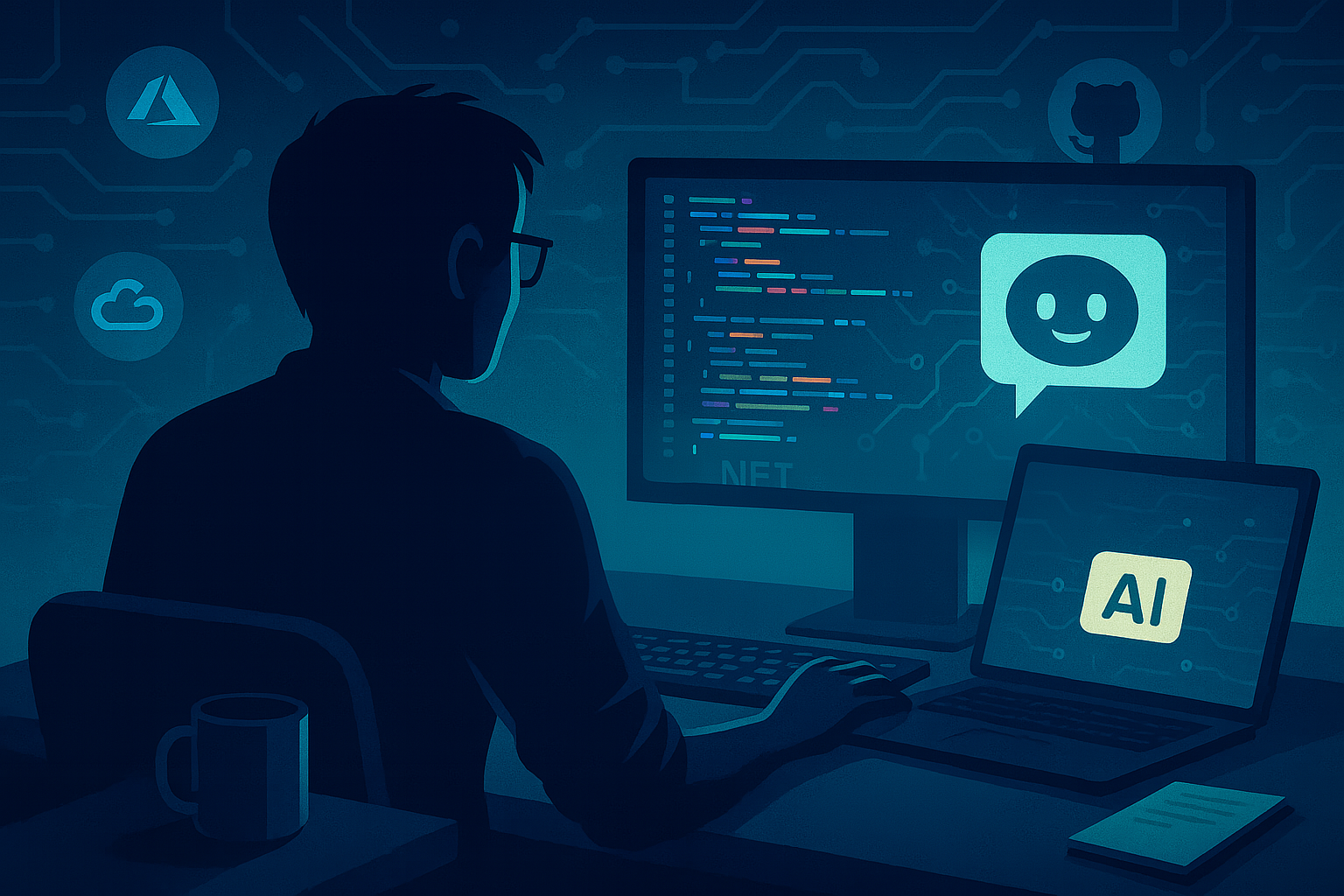After a few years of steering teams and scaling people, I’m finding my way back to writing code. I mean I never stopped but now computers can do it for me. Lets go!
I’ve spent the last chapter of my career leading engineering teams – hiring, mentoring, planning, firefighting, celebrating. All the while I have been pretending to write code as a hobby. Recently I had cause to bust out a PoC on a Sunday afternoon, my first proper attempt to create software with AI assistance (do the kids call that vibe coding?). Mind was steadily blown and my curiosity is peaked, like double peaked – peakier that a peaky blinder on the peak of Everest dressed like that electric yellow Japanese character. I want more, I want to get back to professional coding.
This time, though, the landscape looks different. AI is no longer some future buzzword or academic niche. It’s here, it’s powerful, and it’s changing how we engineer software. And I want to understand that deeply, not just in theory, but in practice.
Why Now?
Microsoft’s engineering stack has evolved brilliantly over the years. With .NET 8, MAUI, Azure, GitHub Copilot, and even tools like Power Platform, it’s never been easier or more exciting to build high-quality software. But more importantly, the stack is starting to help us (assist us? co-pilot us? cloude us?)
We’re no longer just writing code. We’re increasingly managing systems of collaboration between humans and AI. I have made the case at work that I need an assistance on too many occasions to mention here. Let put money in the proximity to mouth and prove I should have hoards of assistants.
What I’m Exploring
As I dive back into hands-on engineering, I’m focusing on a few areas:
- Brushing up on the latest in C#, .NET, and Azure — including serverless, containers, and modern frontend patterns like Blazor and MAUI.
- Understanding how AI is embedded in the dev loop — from Vibe coding to PR review automation, test generation, and even architectural decision-making support.
- Experimenting with practical applications — for example, how could an internal tool use local embeddings and Azure OpenAI to help teams query legacy systems more intuitively?
- Exploring AI engineering agents — autonomous or semi-autonomous tools that can plan, reason, and act on engineering tasks like triaging bugs, refactoring code, or even building entire features. I want to understand what’s hype, what’s real, and how we can safely integrate these tools into a real software team’s workflow.
- Keeping things transparent — I want to understand what’s going on under the hood, not just plug things in. I believe in developers knowing their tools.
Where AI Fits (and Where It Doesn’t)
AI is not replacing engineers, he said hopefully, but it is changing what it means to be one.
Good AI tools remove friction. They take the grunt work out of scaffolding, testing, documentation, and even learning unfamiliar codebases. But they don’t (yet?) replace architectural thinking, cross-system reasoning, or the empathy needed to design good software for real people.
As we sit right now an engineer is not doing their job diligently if they don’t have a little AI in their corner.
What’s Next
This blog will be part journal, part guidebook and a large part throwaway prompts I used to create images of my daughter. I’ll share what I’m learning as I go, what works, what doesn’t, where AI genuinely adds value, and how to stay grounded in engineering fundamentals even while moving fast.
I’m doing this for myself, but also for other managers, returners, or curious devs who want to get their hands back on the wheel.
If that’s you, I’d love to have you along for the ride.

